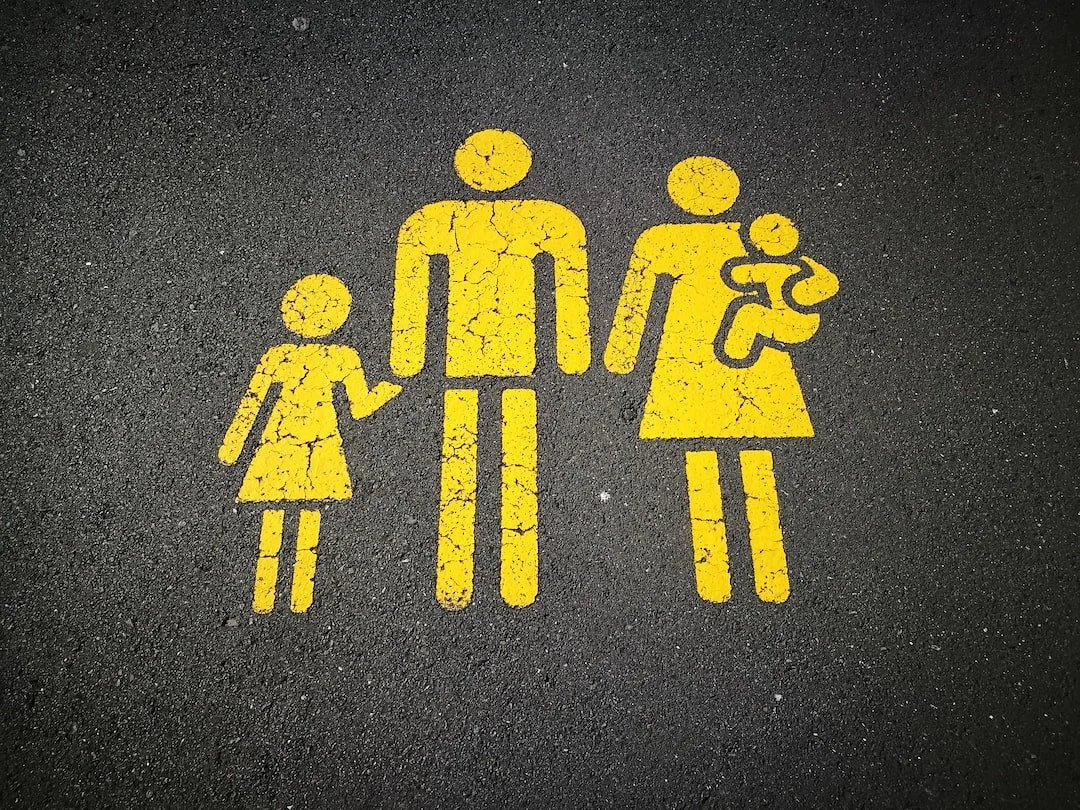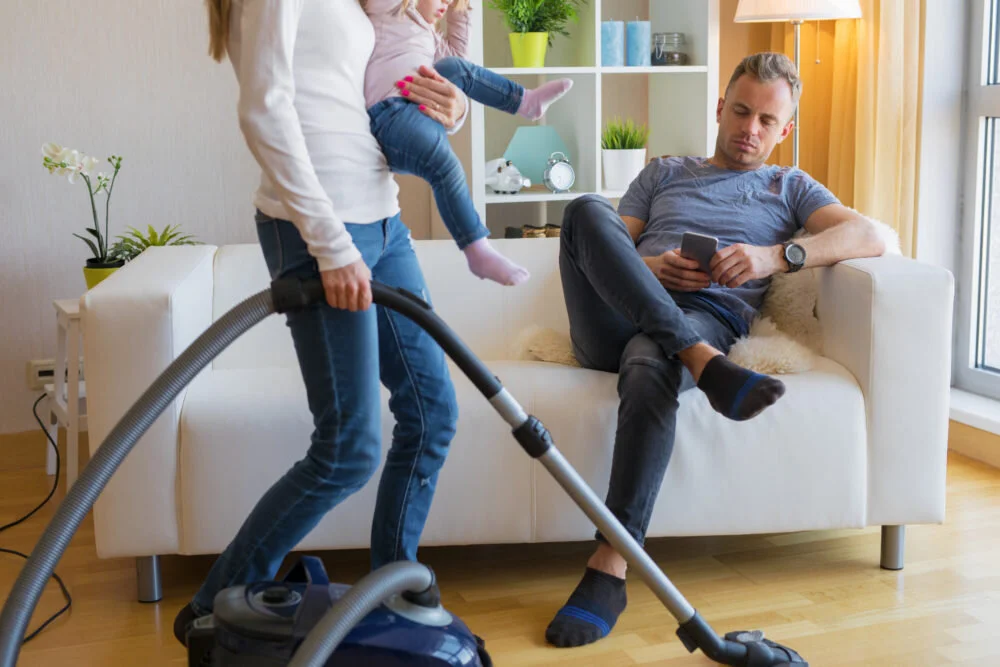Why take Shared Parental Leave?
Since 2015 it has been possible for parents of new born or adopted children to share up to 50 weeks of leave and up to 37 weeks of pay between you.
This post will explain the benefits of Shared Parental Leave (SPL) and why it has the potential to be a game changer as we move to equal parenting opportunities. Opportunities that will allow Dads to spend much more time with their children.
More and more Dads want to spend time with their young children, even at the cost of their own careers. The choices you make before your children are even born will set the scene for the rest of your life.
Shared Parental Leave gives choice to families. Dads and partners don’t have to miss out on their baby’s first step, word or giggle – they can share the childcare, and share the joy.
Challenges and Opportunities
Aviva
The Insurance company Aviva has a policy that offers equal parental leave to men and women working at Aviva - up to 12 months in the UK, including 26 weeks at full pay.
As with all decisions around having children, returning to work, deciding who will looks after your children and for how long. There can challenges, especially with finances.
Unless you have an employer with enhanced parental leave policy >>
It’s important to consider
What sort of Dad do you want to be?
How do you want to be remembered?
What kind of relationship do you want to build with your children?
The mentality around the early years won’t change until we all accept mums and dads equally equipped to look after their offspring.
A case study for your inspiration.
Shared Parental Leave - The Benefits
1. Improved relationships with your children.
Proof of the bonds with my son (!) - ‘You are a Poo-Poo Head Daddy’
As a new Dad, the time you spend building relationships with your young children is priceless. The potential is there to create brilliant early bonding experiences, they might not remember the details but those bonds will be there forever and you get to be the type of Dad you wanted to be.
I found, too, that it strengthened the bond between my son and me. He became less crazy-sleepysuit-of-madness and more of a little buddy. And when I came to be the one who was there when he was hungry or tired or had bonked his head, the more he understood I was a source of comfort, too. That effort has lasted into his toddler years and, I hope, long beyond that.
Adam Dewar - The Guardian
2. Practical and emotional support for each other.
The prevailing wisdom is that Maternity Leave is wonderful time for mothers to bond with their babies, but many women struggle with the emotional and practical challenges of looking after babies, especially if they have other children too.
Post Natal Depression is very common among women and likely to be under-reported in men. Sharing leave either together or separately could literally be a lifesaver.
The peak time for postnatal depression in men is three to six months after the birth . As with postnatal depression in mums, it often goes unreported. The symptoms can look a lot like the everyday stresses of having a newborn .
Source: NCT
My own experience of the first 6 months of our first baby’s life was of phoning my wife each lunchtime and fearing hearing how she had struggled that morning with our reflux suffering daughter.
Click here for more on benefits of SPL for Mums.
By sharing the parenting duties you’ll be sharing the mental load and improving gender equality at home.
3. earlier return to the workplace for your partner
It’s not necessarily going to be your priority as a couple, but SPL could be a powerful tool.
Rather than one parent taking 8 months of out work - with the associated practical and long term pay challenges this can lead to (aka the Motherhood Penalty). You both take 4 months.
Your partner can get back to the career she loves, knowing that the little one is in great hands. While you get the benefits of bonding with your kids.
The longer anyone is out of the workplace the harder it is to return. By sharing leave and care it allows women to return to the workplace earlier if they want by supporting a more seamless transition back to the workplace.
4. You’ll be happier
If you are one of the many many Dads who wants to more involved in the lives of his young family then being able to take that opportunity and not feel frustrated and left out is so important.
By normalising Dads looking after children, you’ll be a leader of men, with all the fame, fortune and kudos that brings. Plus you’ll get to discover Octonauts, one of the best kids TV ever produced.
5. Reduce the Gender Pay Gap
This is the big picture really.
✅ Doing what you want - looking after your young children.
✅ Your partner doesn’t have to spend so long away from the workplace.
✅ Female progression in the workplace becomes more likely as employers can’t assume that it is only women who take time off when couples have children. They will have to treat talent equally.
True equality is gained by having true equality of choice of parenting.
“Better gender balance makes business more successful. The McKinsey Global Institute (2015) estimated that a scenario in which women achieve complete gender parity with men could increase global output by more than one-quarter relative to a business-as-usual scenario.
Source: Axis Network.
Shared Parental Leave - Next Steps
If this looks like something you would like to do we have a few key steps:
Find out what your firm’s policy is.
Find out and talk to people in your business who have taken SPL.
Run the UK Government Calculator.
Talk to New Dads. Build a network and discuss your options.
Talk to your partner - be honest about what you want to do
Understand what you can afford to do.
Compare the financial investment v the benefits you’ve learnt.
SPL pays currently £145.18 per week or 90 per cent of average weekly earnings, whichever is lower. Where employers haven’t extended enhanced maternity schemes to SPL, it often doesn’t make financial sense for the father, who typically earns more, to take SPL.
Shared Parental Leave - The Facts
Below is a summary of the UK government rules - for full details click here.
*** There are some differences in the eligibility of Shared Parental Leave (SPL) or Shared Parental Pay (ShPP). Please use the calculator or check the government guidance.
Use this calculator to check if you can get leave or pay when you have a child.
Some assumptions
To keep this simple we are talking about SPL for Dads of newborns.
Overview
You can share up to 50 weeks of leave and up to 37 weeks of pay between you. The mother is obliged to take two weeks’ leave, but following that, it would be up to the couple as to how they split the remaining 50 weeks – 37 with statutory pay of up to £145.18 a week.
You need to share the pay and leave in the first year after your child is born or placed with your family.
You can use SPL to take leave in blocks separated by periods of work or take it all in one go.
You can also choose to be off work together or to stagger the leave and pay.
Eligibility
To be eligible for Shared Parental Leave (SPL) and Statutory Shared Parental Pay (ShPP), both parents must:
Share responsibility for the child at birth.
Meet work and pay criteria - these are different depending on which parent wants to use the shared parental leave and pay
If both parents want to share the SPL and ShPP
You and your partner must:
Have been employed continuously by the same employer for at least 26 weeks by the end of the 15th week before the due date (this is around the time you got pregnant).
Stay with the same employer while you take SPL.
Be ‘employees’ (not ‘workers’).
Each earn on average at least £116 a week.
If, as the mother’s partner, you want to take the SPL and ShPP
The mother must:
Have been working for at least 26 weeks (they do not need to be in a row) during the 66 weeks before the week the baby’s due.
Have earned at least £390 in total across any 13 of the 66 weeks.
You must:
Have been employed continuously by the same employer for at least 26 weeks by the end of the 15th week before the due date (this is around the time the mother got pregnant).
Stay with the same employer while you take SPL.
Be an ‘employee’ (not a ‘worker’).
Earn on average at least £116 a week.
Confused yet?
Use this calculator to check if you can get leave or pay when you have a child
When can you start?
You can only start Shared Parental Leave (SPL) or Shared Parental Pay (ShPP) once the child has been born or placed for adoption.
The mother (or the person getting adoption leave) must either:
Return to work, which ends any maternity or adoption leave
Give their employer ‘binding notice’ of the date when they plan to end their leave (you cannot normally change the date you give in binding notice)
You can start SPL while your partner is still on maternity or adoption leave as long as they’ve given binding notice to end it.
(You can give binding notice and say when you plan to take your SPL at the same time.)










































